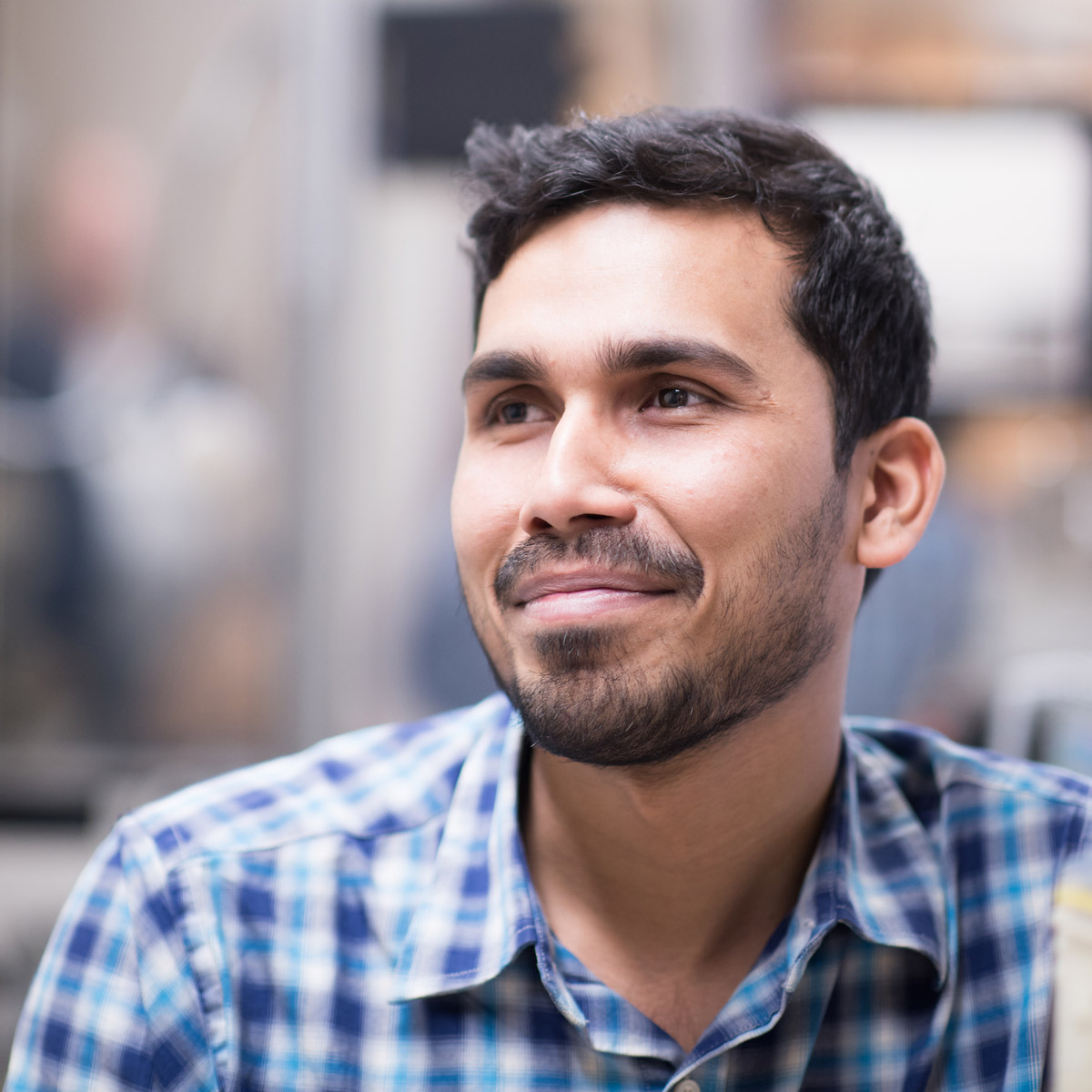Robin Chowdhury
Robin Chowdhury’s uncle encouraged him to pursue civil engineering because in their hometown of Cox’s Bazar, Bangladesh, the government has aimed to double the number of foreign tourists by the year 2021 — which would lead to massive infrastructure development. It’s a lofty goal, but for a country with the longest beach in the world looking to grow its economy, increasing tourism seems the obvious choice.
But now the country has another challenge on its hands — an influx of refugees crossing Bangladesh’s southeastern border, fleeing religious violence in Myanmar.
For the increase in population to be managed properly, and for tourism to flourish, the country needs a quality road network, along with sustainable airstrips, to get people where they want to go — and supplies where they need to be.
“The government of Bangladesh realized that if we develop that system, we can be a leader in Southeast Asia,” Chowdhury said.
With his eye toward the future, Chowdhury came to the University of Idaho in January 2017 to study pavement engineering under Assistant Professor Emad Kassem in the College of Engineering.
The master’s student graduated with a bachelor’s in civil engineering from the Bangladesh University of Engineering and Technology in the capital city, Dhaka, in 2013. He then went to work for a Bangladeshi company that focuses on infrastructure and development projects. There he was a junior material engineer, designing the mix and assuring the quality of materials used for paving a new bridge being built — the 11th longest in the world.
Chowdhury wanted to advance his skillset, so he looked toward master’s programs in the U.S. Field work was an important component of his studies, and the applicability of Kassem’s research seemed invaluable.
Now Chowdhury is responsible for assessing the ability of the unbound material in pavement, known as aggregate to recover from deformation after traffic passes over it.
After receiving his master’s degree from U of I in fall 2018, Chowdhury plans to begin a doctoral program. Then he’ll return to Bangladesh to implement what he’s learned.
As his country expands its infrastructure to meet its development goal, Chowdhury said that it will need to widen highways from the capital city of Dhaka to the tourism destinations in the southeast, along the Bay of Bengal.
“The Bangladeshi government is working to develop the infrastructure,” he said. “We have only a two-lane highway to connect the capital city to Cox’s Bazar, which is not adequate enough to transport all those tourists. Now they’re planning to add two more lanes to make it four.”
In order for the new road construction to be sustainable, however, Chowdhury said improvements have to be made in how pavement is engineered. He hopes that’s where he comes in, working for a Bangladeshi construction company.
“My entire life, my dream was to be an engineer,” he said. “That was it. I knew that whenever you become an engineer, you will be welcomed and appreciated by any group of people. As we’re developing, we need a good transportation system to get our GDP where we want it, trying to become an economically sustainable country. We have to keep up with the pace of construction improvement.”
Article by Kate Keenan, College of Art and Architecture
Published in Spring 2018








